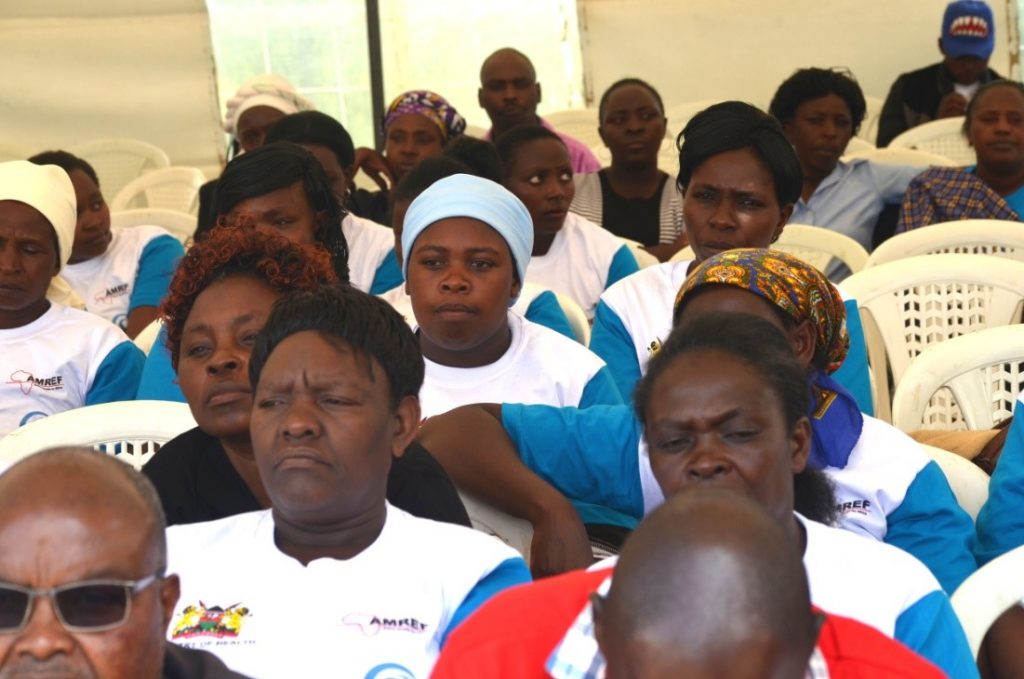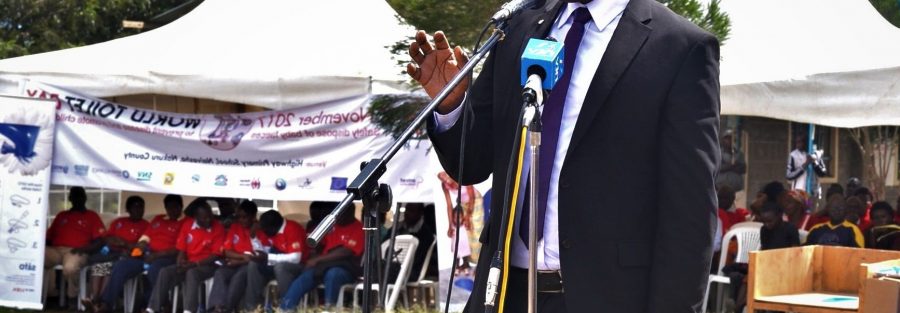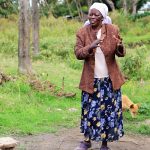On November 17, 2017, sixty-six villages in Naivasha Sub-County celebrated achieving open defecation-free (ODF) status just two days shy of the World Toilet Day (WTD). In a way, the pursuit of ODF status had been their Mt Everest and the certificates the evidence that they had reached the peak. It had, however, been no easy climb.

The long walk to being ODF was worth celebrating because the lifestyle change it engendered promised good health and prosperity. As Kenya’s Cabinet Secretary for Health Dr Cleopas Mailu acknowledged in his speech read to the celebrants, “toilets improve health and security and provide greater opportunity for engaging in other activities such as school and work.” As a matter of fact, Dr Mailu had had more to say:“At community level, the management of human waste improves quality of life, health, education and economic activities. It hence reduces poverty and increases GDP. At county and national levels, it results in reduced burden on health care systems, a healthier population, greater education, improved environmental integrity and improved economic activity. I’m proud that we are celebrating this event and day in a county whose 144 villages out of a possible 187 are ODF.”
He was not alone in appreciating the enormous significance of the day. The Governor of Nakuru County Lee Kinyanjui, in a speech read on his behalf by his deputy Dr Erick Korir, reminded the public that Kenya annually lost KSh.27 billion and Nakuru County Sh.972 million due to poor sanitation.
“Eliminating open defecation will require not less than 12,000 latrines in Nakuru County at a cost of KSh 420m.” This, he added, would save the county from the high cost of treatment, lost man-hours and death from sanitation-related diseases. The achievement of the sixty-six villages was therefore a milestone worth celebrating.

As the community members took their plates of food to feast on their collective achievement, one person was reflecting on the proof of the pudding being in the eating and the recipe that delivered the pudding: the process by which the villages became ODF. Susan Kimondo, the Naivasha Sub-county Community-Led Total Sanitation (CLTS) Coordinator, explained that the whole process started in two phases of Pre-Triggering and Mapping. These involved mobilizing the community members, building rapport with them, introducing the issue (OD) and preparing them for what was to come.
“For mobilization, we used schools, women groups, chief’s baraza (community meetings) and churches,” says Susan. “The mapping involved identifying those with latrines and those without, and the open defecation sites. In essence, the first stage introduced the community members to the fact that they might be consuming their own faeces.” That is, they were made to see that if they did not either cover their latrines or wash their hands, and if they in any way regularly came into contact with flies, then they were unknowingly consuming their own faeces. The plan and practice was always that as understanding dawned and the message went home, the officers withdrew. “We withdrew to let them find deep within them the desire and determination to change the way things were. And as they did so, one of the outcomes was that natural leaders emerged. These were individuals who helped the community to better understand the problem, motivated them to find solutions and kept them focused on the solution even when they were faced with discouragements.”
The natural leaders played an important role, for the community members could not be left alone like sheep without a shepherd. Once the natural leaders emerged, they got backup in the chief and Nyumba Kumi setup. That way, they had the support and cooperation of the community’s opinion-shapers. As a mother eagle leaves its eaglet in freefall so it learns to flap its wings and fly, the officers left the villagers to scrutinise their situation and craft a way out of it. “They must develop their own action plan which may inform them that everyone must have a latrine. This completes the triggering phase,” Susan says.

The next phase involved a follow-up, in which the officers returned to the community to re-connect with the natural leaders. Together with the chief, women group and other leaders, they formed the Village Sanitation Committee (VSC). The work of the committee was to ascertain that every household followed the action plan – did hand-washing and established hand-washing terminals, had latrine covers, among others. If the VSC was satisfied that there had been complete compliance with the action plan, it developed ‘Form A’ by which it invited the officers back to verify the truthfulness of its contents.
According to Susan, Form A contains such details as the name of the village, its population, every household and its head, which households had a latrine, which ones didn’t, and which ones shared. It further bore details of which households had a hand-washing facility and which ones hadn’t, and which had pit covers and which ones had not. When the officers were satisfied that the village had met the minimum requirements of the hygiene, they, together with the VSC, raised the claim through a ‘Form B’. Such a claim essentially said the village was now ODF. “Form B has basic information about the village but is forwarded to the sub-county CLTS Coordinator in the Public Health Office,” explains Susan.
For the sixty-six villages, Form B itself triggered a verification process from sub-county public health office. If the claim made on Form B was not valid, more time would be given the village so it could seal the gap. However, the claim was proved true and so the sub-county public health office commenced the process of orienting the village for certification by the larger county office. Here is how Susan explains it: “In the process, Form B needed to reach the ward officer, so he/she could compile ‘Form C’ with the village’s claim to be ODF.” Form C essentially contains the same information as Form B with the difference that it is generated by the Ward Officer in response to receiving Form B, and goes to the CLTS Co-ordinator. The CLTS Co-ordinator, on receipt of Form C and being satisfied that it is in order, generated ‘Form D’, which form he sent to the county offices through the sub-county PHO. Form D is basically an invitation card to the county health officials to come and certify a village as either OD or ODF.
In response to Form D invitation, a Master Certifier with a team of peer reviewers came from the county office to conduct the certification process. “For the sixty-six villages, certification celebration has taken place together with WTD celebration in Highway Primary School. The villages are from Naivasha’s six wards of Biashara, Mai Mahiu, Maiella, Naivasha East, Olkaria and Hell’s Gate,” Susan says.
As a person claiming to have climbed Mt Everest provides pictures and other proof that he reached the world’s highest peak, the community members embraced the certificates as proof that they had conquered their own mountain. And in much the same way as reaching the peak, not the evidence of the climb, is the mountaineer’s goal, so the villagers’ community members’ objective was not the certificate but rather, the ODF-status. Yet the certification was important, for it validated their efforts as having been worthwhile. The celebration was therefore justified.



